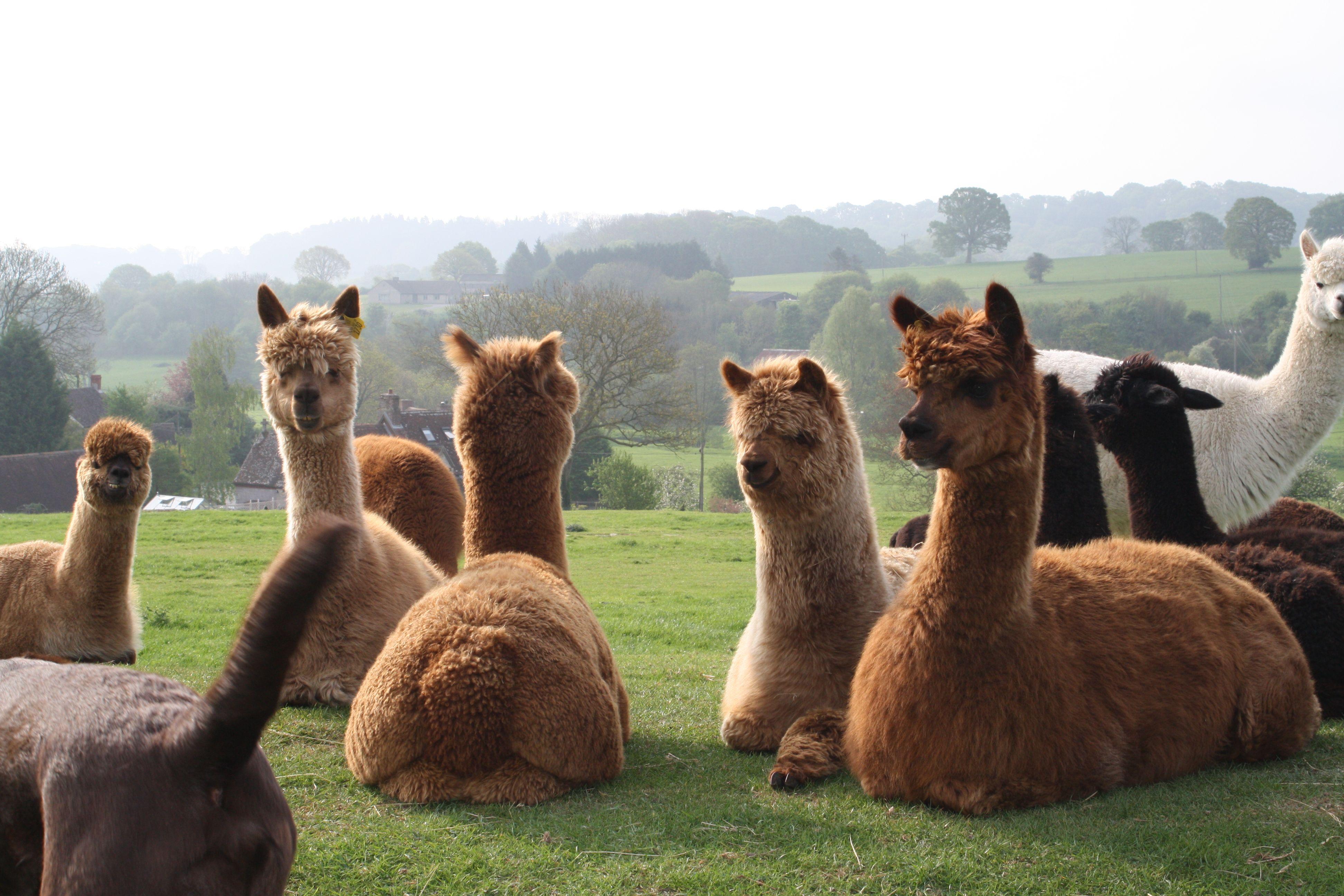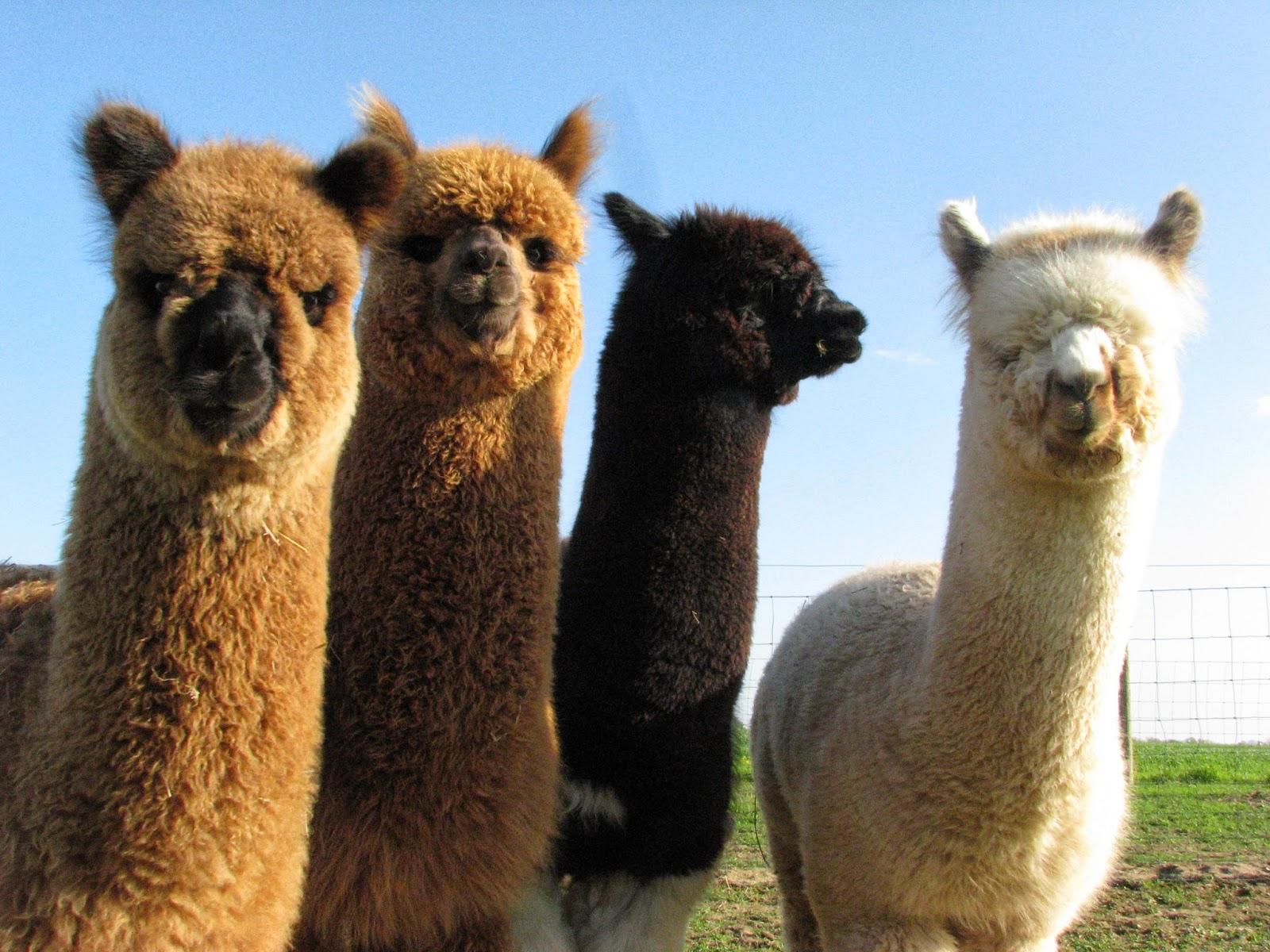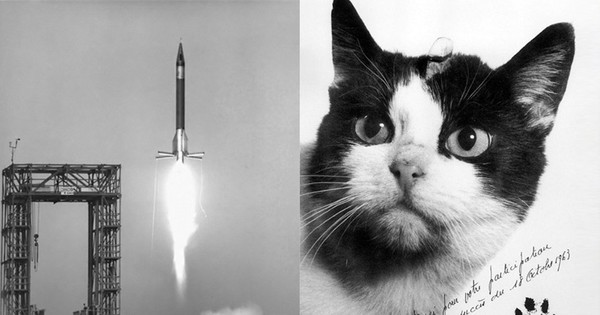
would like to introduce to everyone a species of animal in the ruminant family, Alpaca – Llama.
Alpaca, a member of the camel family, lives in South America in the Andes Mountains of southern Peru, Ecuador, and northern Chile.

Alpacas are raised for their fur. Their fur is very valuable and of the highest quality. In addition, they are also used for meat and as pets.
Currently they are raised in the United States, the Netherlands, Australia… they have just been introduced to Asia and Vietnam. Because they are very friendly and cute, they are used as pets and ornamental animals at zoos, parks, and tourist cafes to give children and young people a very enjoyable experience.
Characteristic:


– There are two varieties of alpaca: Suri alpaca and Huacaya alpaca.
– Alpaca can quickly adapt to the climatic conditions where they live and the high temperature difference thanks to their excellent fur (from -25 degrees Celsius – +25 degrees Celsius). Nasa once used Alpaca fur as costumes for members traveling on Apollo 11 when traveling to space to the Moon.
– Alpaca usually has an adult weight of 40kg to 90kg, height of 80 to 100cm

– Alpaca’s lifespan: about 20 years
Behavior: Alpacas live in herds consisting of the leader, many females and young animals. They often spit saliva when showing dominance or refusing to mate. They have a habit of defecating in the same place for the whole herd.
Reproduction:
– Males reach reproductive maturity from 18 months to 3 years old
– Females are from 12 to 24 months old, the optimal reproductive age is over 18 months, and their weight is 40kg or more (90-100 pounds). If you want to give birth to a female Alpaca, you must reach this physical condition score. If it is too thin, the female will not have the need or will not be able to fertilize many times due to lack of nutrition to conceive.
– Alpaca is an animal that does not breed seasonally

– Mating position: the female lies on her stomach so the male can climb on her back. If the female does not need it or is pregnant, she will spit saliva at the male and will not lie down so the male can mate. Males and females can be kept separately for 1-2 weeks so they can breed without being harmed by grazing. This needs to be monitored and noted.
– Females are fertilized by ovulation, that is, they release eggs after mating.
– The average gestation period is about 11.5 months, with some children being pregnant for more than 12 months.
– The number of babies born is one, the rate of twins is very rare (1/1000), babies are born from 4-9kg (12-20 pounds), they can stand up and breastfeed for 1- 2 hours after birth
– The young (called Cria) are separated from their mothers at 5 to 6 months old when they have reached a weight of 28 to 30 kg and are able to eat grass well on their own. They can be kept with their mothers until the next litter is almost born before 01 month.
– The mother can breed again 2 to 6 weeks after giving birth


Nutrition:

ALPACA is an animal that eats fresh grass, hay, oats, Alfalfa… and can be fed vegetables such as carrots (except poisonous plants such as chrysanthemums, lilies and some types of grass). and other plants).
Need to supplement concentrate food in their diet to help provide energy, sugar and protein for them. In addition, it is also necessary to supplement minerals and vitamins daily. Especially the mineral Selenium (SE)
Alpaca is an animal with a 3-compartment digestive system, they absorb food from 1-2% of their total body weight. Need to supplement their drinking water when they need it.
Take care of:
Alpacas need to be shaved once a year in the spring
Their nails and teeth need to be trimmed every 6 months to 12 months.
Veterinary medicine and disease prevention:
It is necessary to regularly vaccinate them with vaccines such as Haemorrhagicenteritis, Necrotic Enteritis, and inject them with internal and external parasites and helminths every 4 months.
Note:
Alpacas are raised in an environment that is not too hot, requiring large space for them to run, graze and graze. The average density is 15-25 fish/ha.
Price:
Currently, in the world, the price of an Alpaca ranges from $50 – $650,000 depending on age and morphology. In Vietnam, imported zoos cost around 100 million/animal depending on age ($50,000).












